The Securities and Exchange Board of India (SEBI) has brought about sweeping changes through the SEBI ICDR Amendments, 2025, significantly modifying the SEBI (Issue of Capital and Disclosure Requirements) Regulations, 2018. These SEBI New ICDR Rules 2025 aim to enhance transparency, improve investor protection, and streamline IPO and rights issue processes. The new rules, notified in the Official Gazette on March 8, 2025, have come into effect from March 4, 2025, with certain provisions relating to rights issues taking effect from April 4, 2025. This article covers all the essential updates in detail, with a focus on their impact on companies and IPO-bound firms.
Voluntary Disclosure of Financials and Proforma Statements
Under the SEBI ICDR Amendments, 2025, companies are now allowed to voluntarily disclose proforma financial statements of any acquisitions or divestments. This can be done even if the transaction is below the 20% materiality threshold or if it occurred before the latest financial period included in the draft offer document. These proforma statements must be prepared following ICAI standards and certified by auditors with a valid peer review certificate.
Additionally, companies can voluntarily include the financials of businesses or subsidiaries acquired or divested. These financials must also be certified by a qualified auditor or a chartered accountant approved by the ICAI's Peer Review Board. This improves transparency for investors by showing the financial impact of recent acquisitions or divestitures.
Facilitation for Stock Appreciation Rights (SARs)
The SEBI New ICDR Rules 2025 now allow outstanding SARs, once exercised for equity shares, to be included when a company is preparing to file a draft red herring prospectus (DRHP). Earlier, only ESOPs and mandatorily convertible securities were considered. Now, SARs exercised before DRHP filing can also be counted. However, full disclosure of the SARs scheme and resulting equity shares is mandatory in the offer documents.
In determining the minimum promoter contribution (MPC), the SEBI ICDR Amendments, 2025, clarify that equity shares from exercised SARs will be considered. This ensures that any employee or promoter holdings through SARs are properly factored into the MPC calculation.
The lock-in exemption has also been extended. Shares allotted under SARs schemes or transferred by ESOP trusts are now exempt from the six-month lock-in period, even if the employees are no longer employed by the company. This aligns SARs-based allotments with existing ESOP rules.
IPO Lock-In Requirements
A notable update under the SEBI New ICDR Rules 2025 is the inclusion of loans availed for capital expenditure in lock-in criteria. If the IPO proceeds are used for repaying loans originally taken for capital expenditure, the stricter three-year lock-in for promoters will apply. This ensures consistency in how capital expenditure is treated, whether directly financed through IPO proceeds or via loan repayments.
Also, bonus shares allotted due to ESOPs, ESPS, or SARs schemes will be exempt from IPO-related lock-in periods. This provides clarity and relief for employee shareholders who receive bonus shares through these routes.
Litigation Disclosures in Offer Documents
SEBI ICDR Amendments, 2025 have revamped how litigation disclosures are to be made. Now, companies must disclose material civil litigation if it meets the lower threshold of either the board-defined materiality policy or specified financial criteria. These include 2% of turnover or net worth, or 5% of the average absolute value of profit or loss after tax from the last three years, offering a standardized and investor-centric approach.
In addition, all criminal proceedings and regulatory actions involving Key Managerial Personnel (KMPs) and Senior Management Personnel (SMPs) must now be disclosed. This ensures investors are fully informed about any legal risks related to top company officials.
Reporting of Pre-IPO Transactions
As per the SEBI New ICDR Rules 2025, any pre-IPO placement disclosed in the draft offer document must now be reported to the stock exchanges within 24 hours of the transaction. This quick reporting requirement ensures that all market participants are kept up-to-date with significant share transfers before the IPO.
Offer for Sale (OFS) Limitations in IPOs
To prevent major shareholders from fully exiting during the IPO, SEBI has set limits based on shareholding percentage. Shareholders holding over 20% cannot sell more than 50% of their pre-IPO holding on a fully diluted basis. Those with less than 20% can sell up to 10%. These thresholds will be calculated as on the date of filing the draft offer document and apply to both public sales and prior secondary transactions.
Statutory Advertisement Requirements
The SEBI ICDR Amendments, 2025 revised timelines for publishing advertisements. Public announcements for draft red herring prospectus (DRHP) must now be made within 2 working days (instead of calendar days). Additionally, the DRHP must remain in the public domain for 21 days from the announcement date, not from the date of filing.
Furthermore, SEBI has combined the pre-issue and price band advertisements into a single publication. This must be released after the red herring prospectus filing and at least two working days before the IPO opens. It must be published in the same newspapers where the DRHP filing was announced. A format has also been prescribed for this combined advertisement.
Changes Regarding Confidential Filings
Under the SEBI New ICDR Rules 2025, companies that confidentially file their draft offer documents must make a public announcement within 2 working days of submission. Similarly, the Updated DRHP (UDRHP 1) must also be accompanied by a public notice within 2 working days and be open to public comments for 21 days from the publication date.
In a significant relaxation, SARs that are fully exercised before filing the red herring prospectus can now exist even after SEBI issues its observations on the confidentially-filed document. This aligns with previous allowances for ESOPs and mandatory convertible securities, ensuring greater flexibility in capital structuring.
Relaxation on Loan Repayment and Working Capital Objectives
SEBI ICDR Amendments, 2025 have brought flexibility in validating the purpose of loan repayment. If the loan was taken by a subsidiary or during unaudited periods, companies may now obtain a certification from any ICAI-approved chartered accountant, instead of being limited to their statutory auditor. This makes documentation easier for companies with complex group structures.
Disclosures for long-term working capital requirements must now be based on audited standalone financials. If there are restatements in the consolidated numbers that impact the standalone results, then the standalone accounts must also be restated. This ensures consistency and transparency.
Enhanced Shareholding Pattern Disclosures
A new requirement has been introduced to present a detailed shareholding table in the 'Summary of the Offer Document' section. This table must disclose pre-IPO and post-IPO shareholding for promoters, the promoter group, and the top 10 shareholders. This enables greater visibility into ownership distribution pre- and post-IPO.
Disclosure of Material Agreements
The SEBI ICDR Amendments, 2025 also align with SEBI Listing Regulations on agreement disclosures. Companies must now disclose agreements among shareholders, promoters, related parties, directors, KMPs, and even employees, if such agreements could impact control, management, or create liabilities for the company. These agreements must be clearly presented in the IPO offer document.
Clarification on Ineligible Securities for Minimum Promoter Contribution
SEBI has clarified how to calculate the price per share for securities that are not eligible to be considered as part of the minimum promoter contribution. The calculation must adjust for corporate actions like stock splits and bonus issues. This ensures consistency and avoids inflated valuations.
Compliance Officer Requirement
To strengthen corporate governance, the SEBI New ICDR Rules 2025 mandate that the compliance officer of the company must be qualified to act as a company secretary. This aligns with the SEBI Listing Regulations and ensures better compliance management.
Main SME IPO-Specific Amendments
The SEBI ICDR Amendments, 2025 have introduced focused changes to SME IPOs:
-
A cap of 20% on Offer for Sale (OFS) ensures no more than 50% of pre-IPO holdings are sold.
-
General Corporate Purpose (GCP) use is now capped at the lower of 15% or Rs. 10 crore. Combined GCP and unidentified acquisitions are capped at 25%.
-
Promoter lock-in norms are stricter: 20% post-issue capital locked for 3 years, with staged releases of any excess.
-
Investors must apply for a minimum of two lots. Number of allottees increased from 50 to 200.
-
IPO proceeds cannot be used to repay loans taken by promoters or related parties.
-
DRHP public review must last 21 days, and must be advertised within 2 days of filing, with a QR code for access.
-
Further fundraising allowed without moving to the main board if SEBI LODR compliance is maintained.
-
Entities converted from LLP/partnership/proprietorship must complete one financial year post-conversion before IPO.
-
Promoter change exceeding 50% requires a one-year cooling-off period before IPO.
-
A minimum EBITDA of Rs. 1 crore in any 2 of the past 3 years is now mandatory.
-
Monitoring agency is compulsory for issues above Rs. 50 crore. For issues below this threshold, a statutory auditor's certificate and quarterly disclosures are needed if working capital use exceeds Rs. 5 crore.
Conclusion
The SEBI New ICDR Rules 2025 reflect SEBI's commitment to transparency, investor protection, and smoother IPO execution. With enhanced disclosures, tightened lock-in rules, stricter fund utilization norms, and refined eligibility criteria, the SEBI ICDR Amendments, 2025 aim to foster investor trust and streamline the capital markets ecosystem. Both investors and companies must understand these updates thoroughly to make informed decisions and ensure full compliance with the updated regulations.
For more details or a free consultation, visit Compliance Calendar LLP official website and connect with their expert advisors.
Email: info@ccoffice.in
Call/Whatsapp: +91 9988424211
FAQs
Q1. What are the SEBI New ICDR Rules 2025 and when did they come into effect?
Ans. The SEBI New ICDR Rules 2025 refer to amendments made by SEBI to the Issue of Capital and Disclosure Requirements (ICDR) Regulations, 2018. These changes came into force on March 4, 2025, and are aimed at improving IPO disclosures, tightening fund utilization norms, and enhancing investor protection. Provisions related to rights issues become effective from April 4, 2025.
Q2. Can companies now disclose financials of acquisitions or divestments even if they’re not material?
Ans. Yes, under the SEBI ICDR Amendments, 2025, companies can voluntarily disclose proforma financials of acquisitions or divestments, even if they are below the 20% materiality threshold. They can also include financial statements of acquired or divested businesses, provided these are certified by ICAI-recognized auditors. This change increases financial transparency.
Q3. How have the rules changed regarding Stock Appreciation Rights (SARs) for IPOs?
Ans. SEBI now allows companies to include exercised SARs as part of pre-IPO equity before filing the DRHP. Such SARs must be fully exercised, and the resulting shares must be disclosed in the draft and final offer documents. This aligns SARs treatment with ESOPs and helps in calculating minimum promoter contribution.
Q4. What changes have been made to litigation disclosures in IPO offer documents?
Ans. SEBI has made it mandatory to disclose material civil litigations based on the stricter of two thresholds: the company’s board-approved policy or predefined financial limits (2% of turnover/net worth or 5% of 3-year average profit/loss). Also, all criminal proceedings involving Key Managerial Personnel (KMPs) and regulatory actions against them must be disclosed.
Q5. What is the new timeline for publishing IPO-related advertisements?
Ans. As per the new rules, companies must publish the DRHP filing advertisement within 2 working days instead of 2 calendar days. The combined pre-issue and price band advertisement must be released at least 2 working days before the IPO opens, in the same newspapers as the DRHP announcement. This helps standardize timelines and improve public access to IPO details.
Q6. Are there new restrictions on using IPO proceeds for loan repayments?
Ans. Yes. SEBI has clarified that IPO proceeds used to repay loans originally availed for capital expenditure will be considered under the stricter 3-year promoter lock-in rule. Also, for SMEs, funds cannot be used to repay loans taken by promoters or related parties, ensuring funds are directed towards genuine business growth.
Q7. What new disclosures are required in the summary section of the offer document?
Ans. Companies are now required to include a tabular disclosure of the shareholding pattern of promoters, promoter group, and the top 10 shareholders both before and after the IPO (post basis of allotment). This offers investors a clearer view of ownership changes due to the public issue.
Q8. What are the key changes for SME IPOs under SEBI ICDR Amendments, 2025?
Ans. Key changes for SMEs include:
-
20% cap on Offer for Sale (OFS)
-
GCP capped at Rs.10 crore or 15% (whichever is lower)
-
Minimum 2 lots per investor
-
Mandatory public comments on DRHP for 21 days
-
Promoter change or conversion (from LLP or firm) requires a 1-year wait before IPO
-
EBITDA of Rs.1 crore in 2 of last 3 years
-
Monitoring agency required for issue sizes above Rs.50 crore
These changes aim to bring stability, transparency, and maturity to the SME IPO ecosystem.











































































_crop10_thumb.jpg)




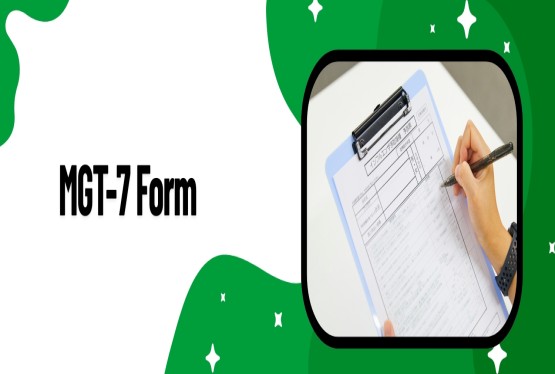





























































_crop10_thumb.jpg)
_crop10_thumb.jpg)



_crop10_thumb.jpg)


_crop10_thumb.jpg)





_crop10_thumb.jpg)

_crop10_thumb.jpg)














-suratgujarat-section-158_crop10_thumb.jpg)
-suratgujarat_crop10_thumb.jpg)
-(33)_crop10_thumb.jpg)



-ahmedabad_crop10_thumb.jpg)
-learn_crop10_thumb.jpg)

-learnn_crop10_thumb.jpg)



























































_crop10_thumb.jpg)















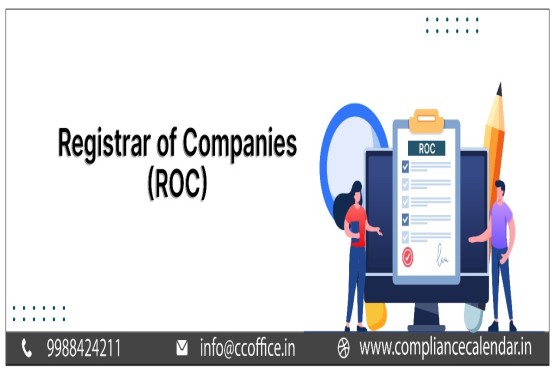






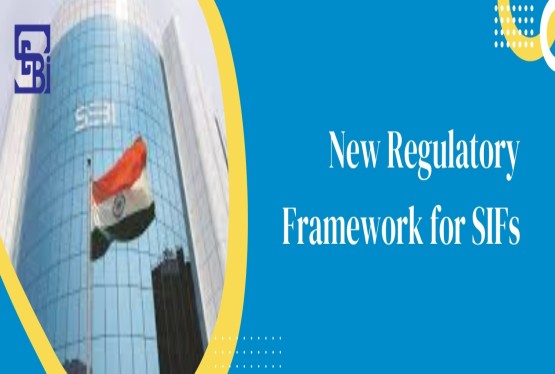
_Guidelines_learn_crop10_thumb.jpg)























_learn_crop10_thumb.jpg)
_crop10_thumb.jpeg)









_crop10_thumb.jpg)




_Second_Amendment_Rules,_2025_learn_crop10_thumb.jpg)







_learn_crop10_thumb.jpg)






















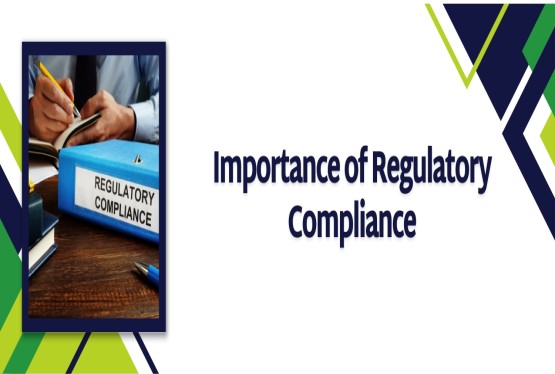







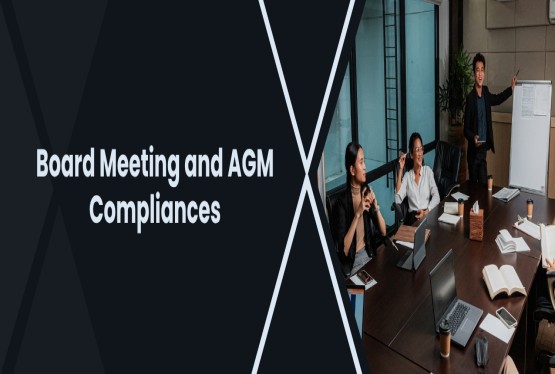
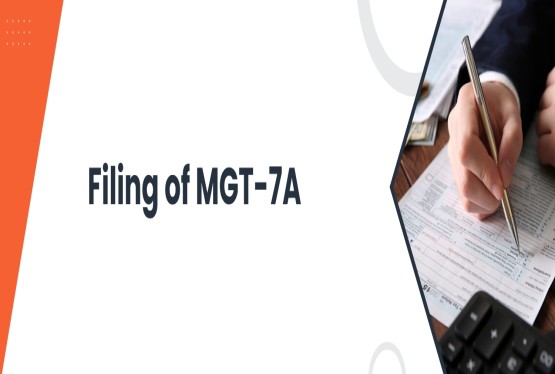
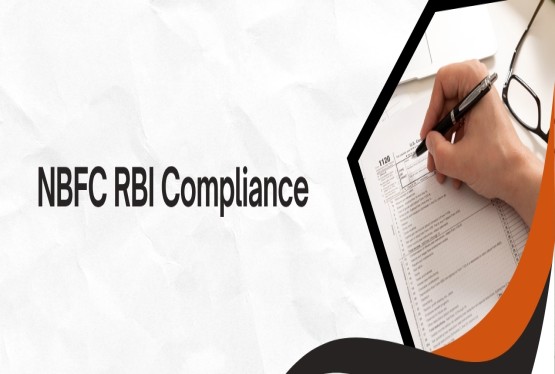
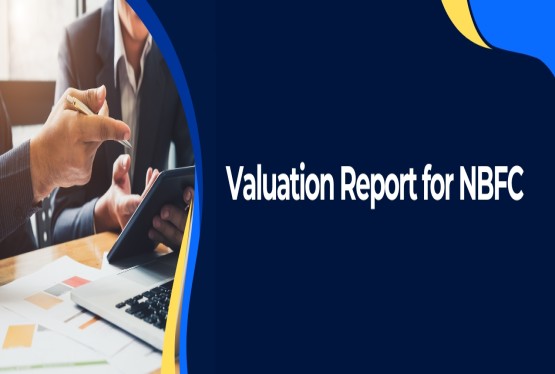

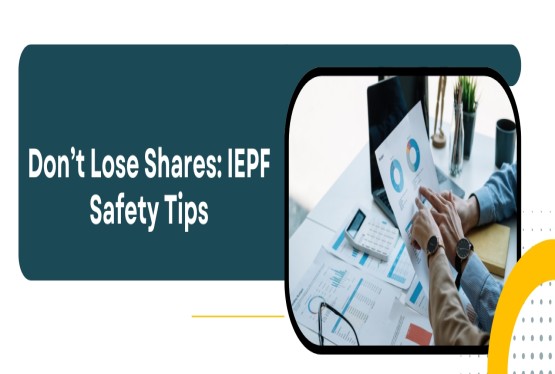

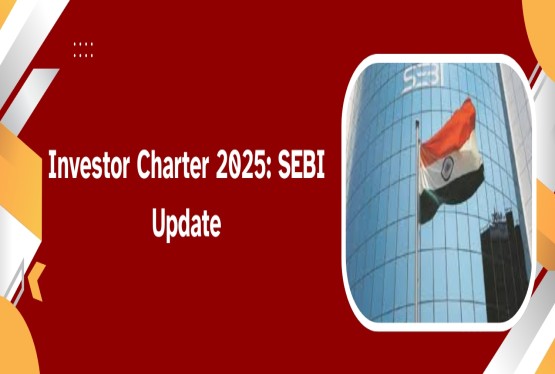
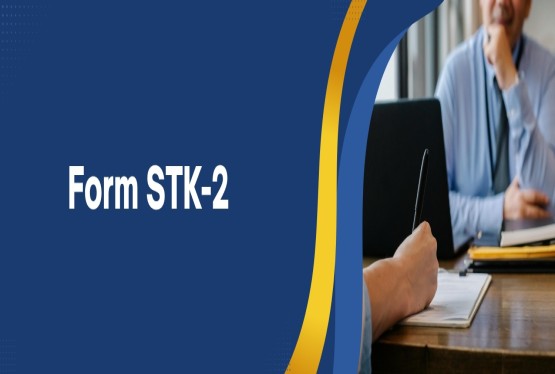
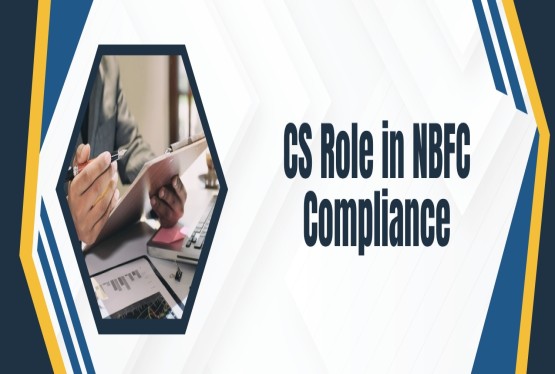

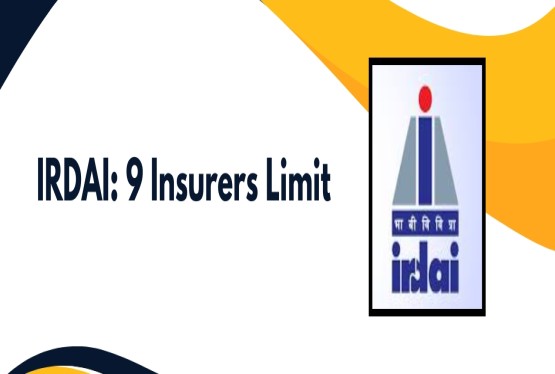
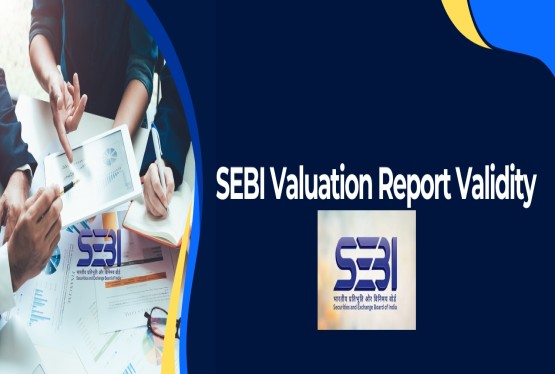

_learn_crop10_thumb.jpeg)

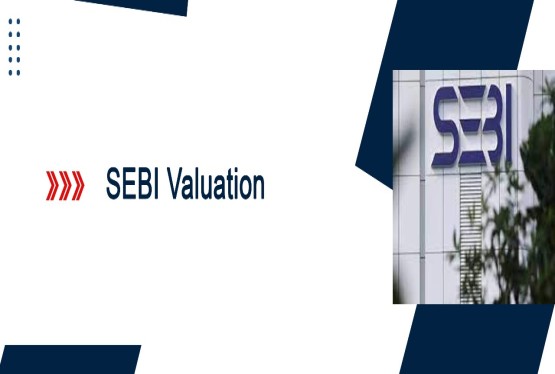


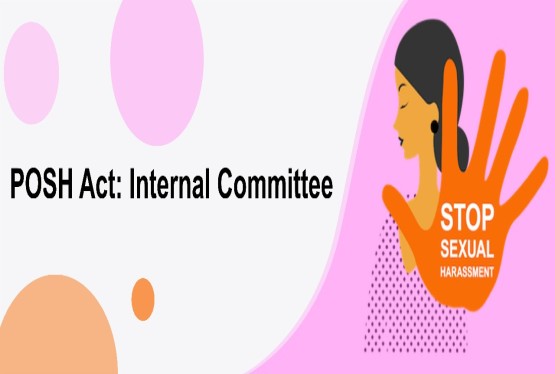
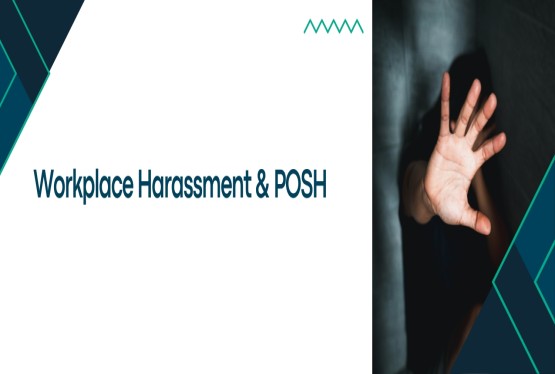
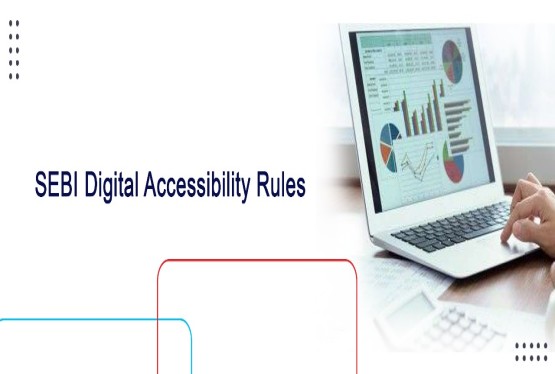

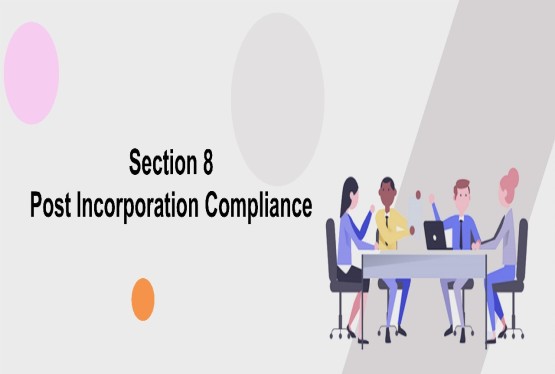
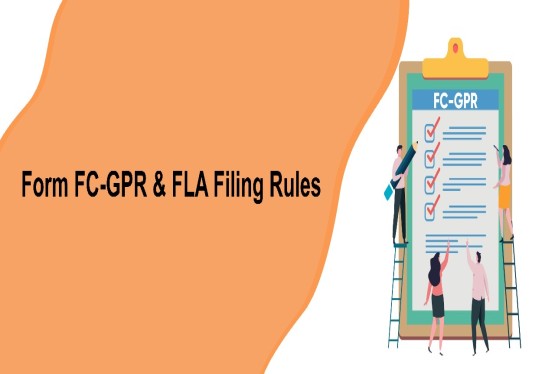
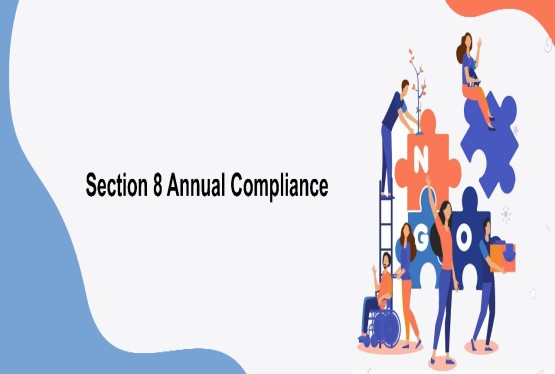
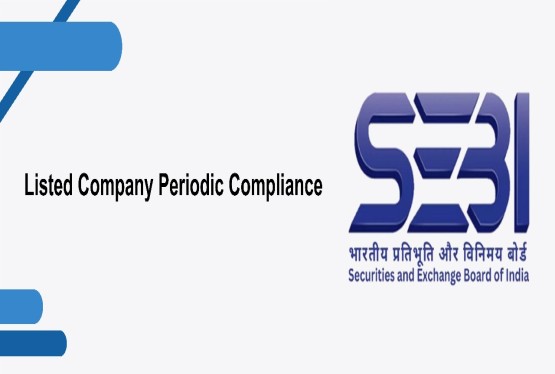

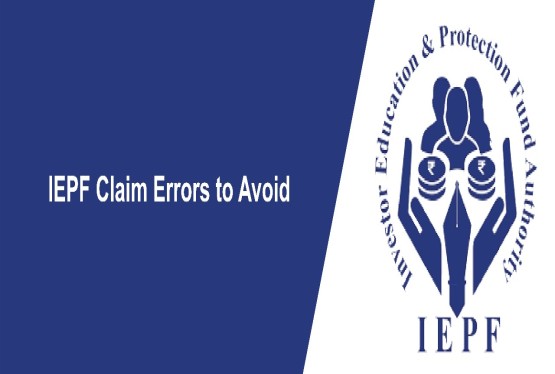


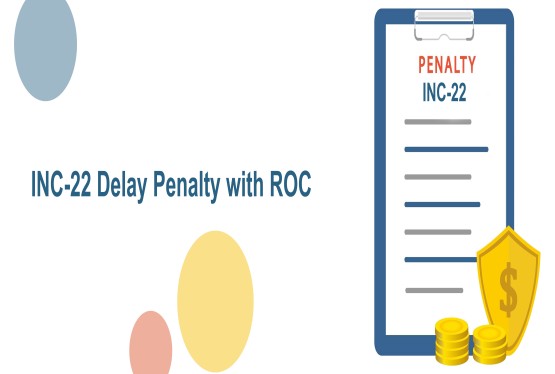


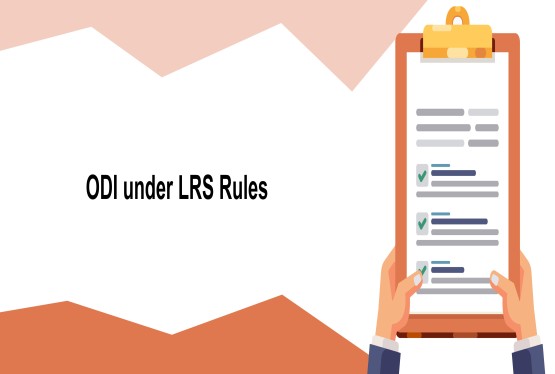
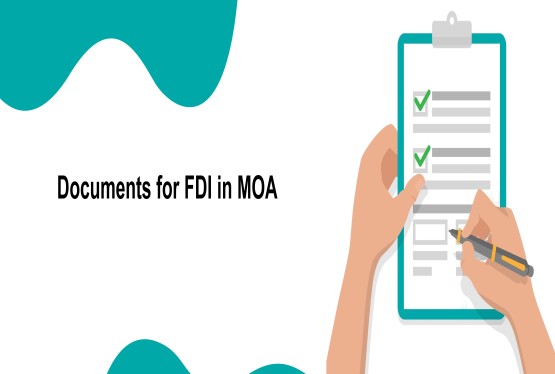


_learn_crop10_thumb.jpg)
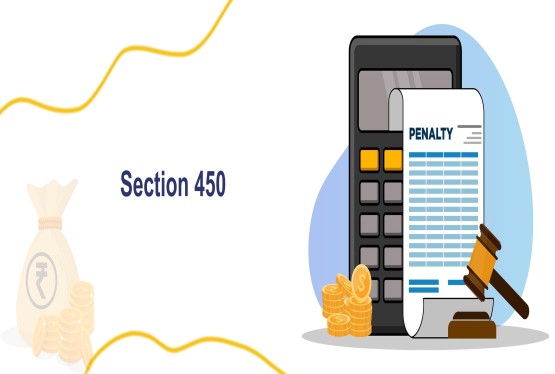
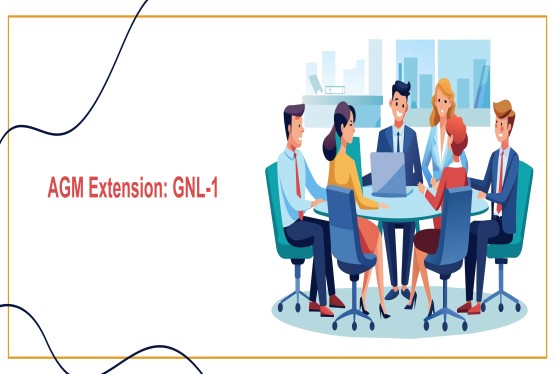
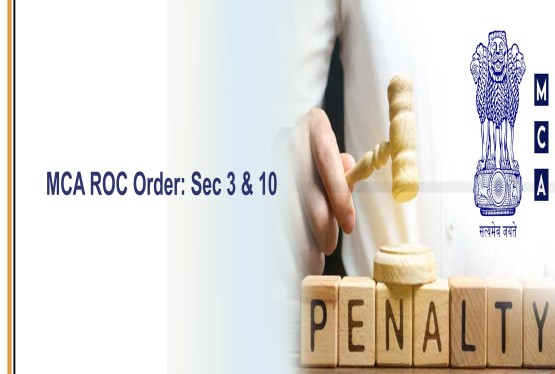
_rd_roc_learn_crop10_thumb.jpg)
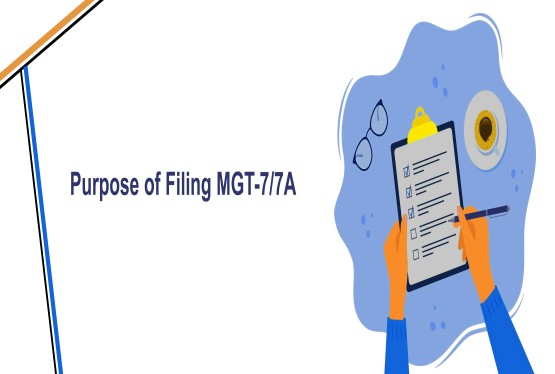
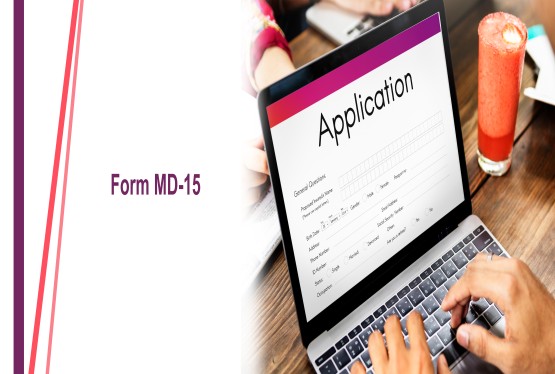


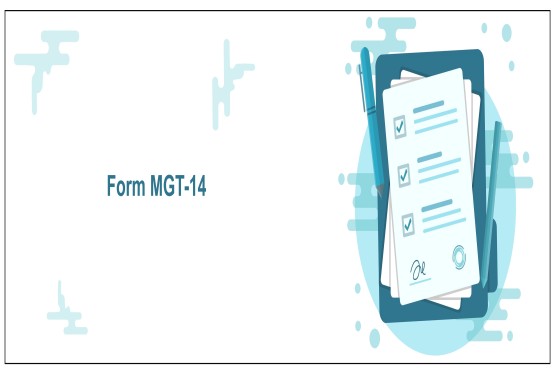
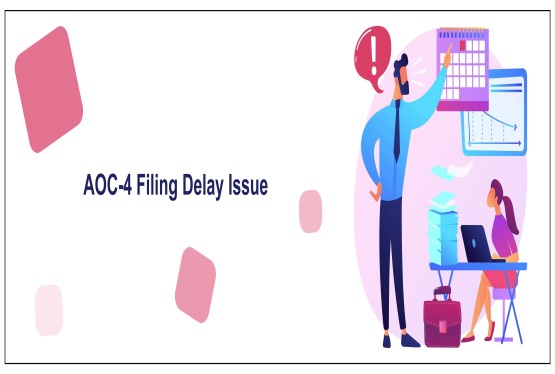
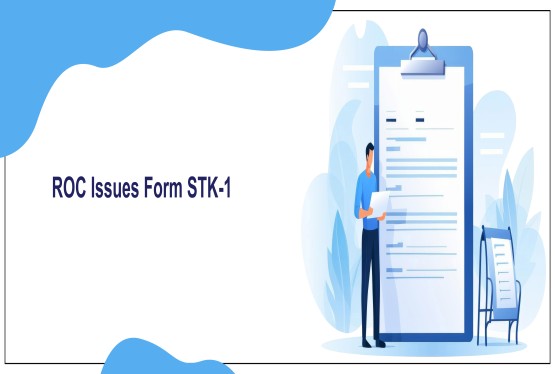

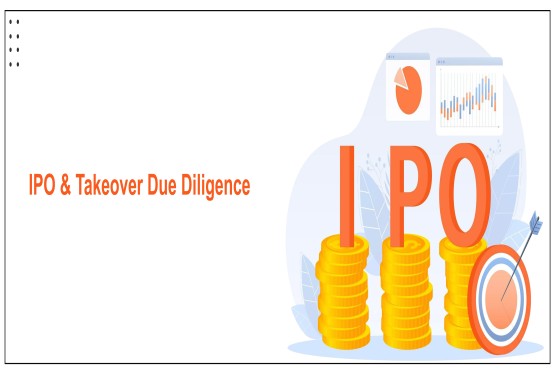

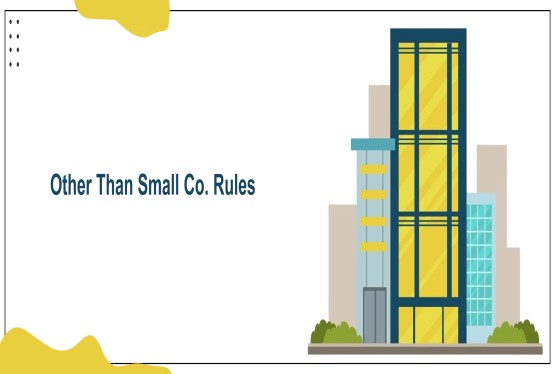
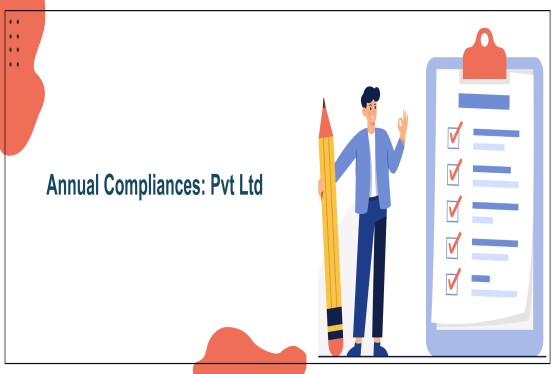

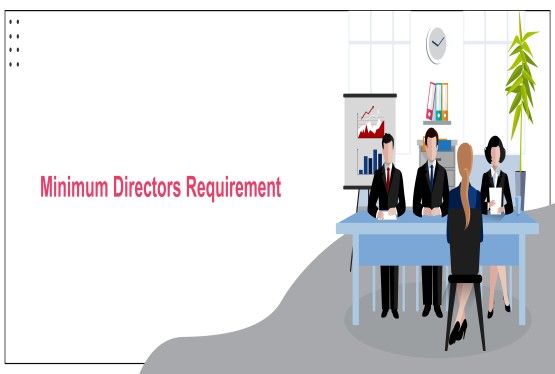

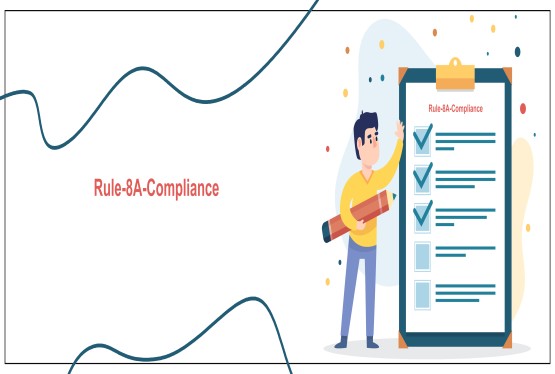
_learn_crop10_thumb.jpg)
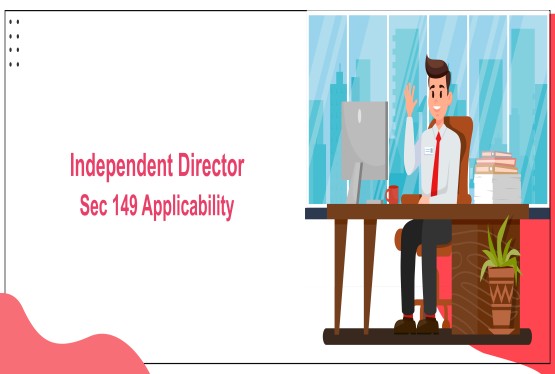
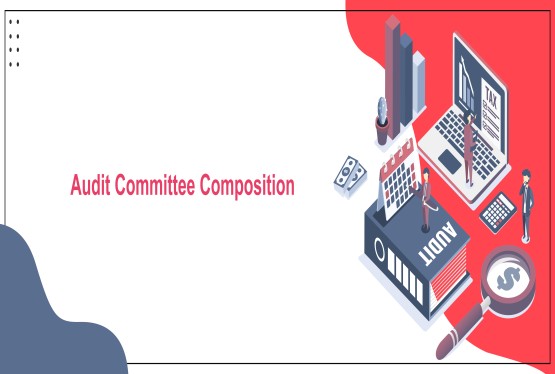
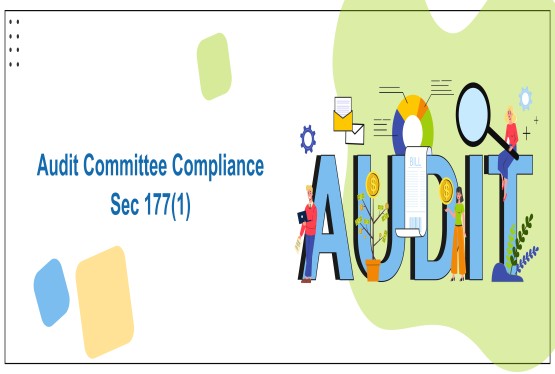



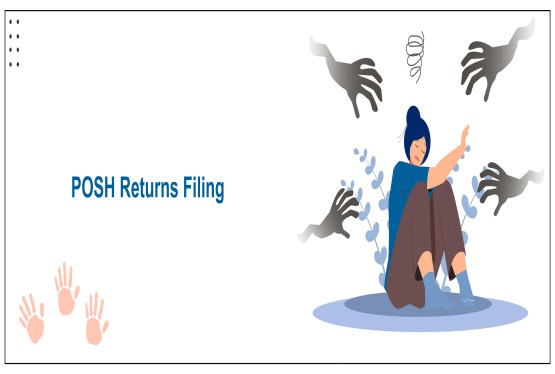
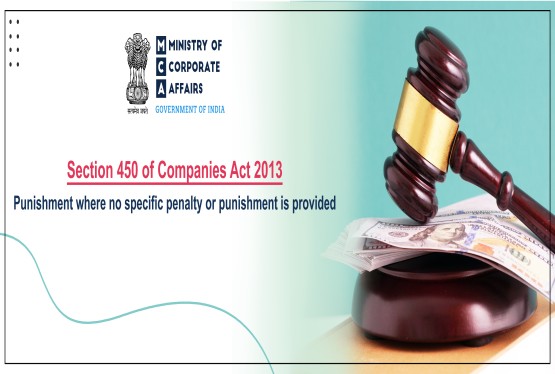

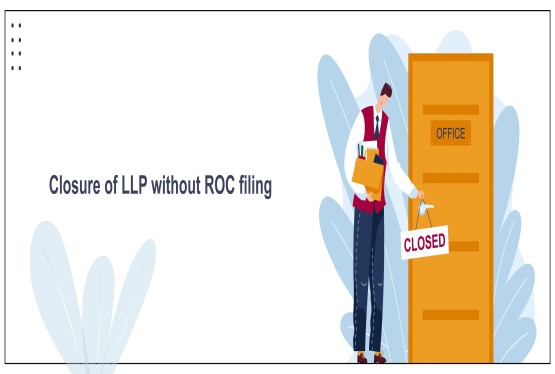
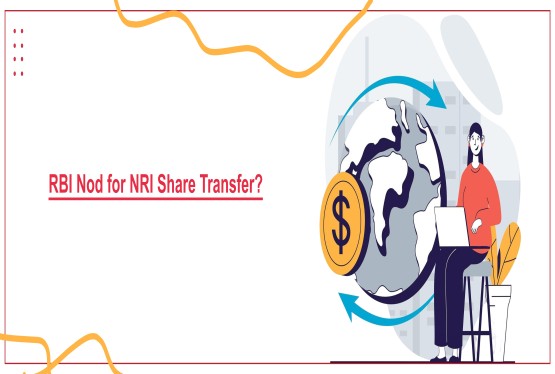

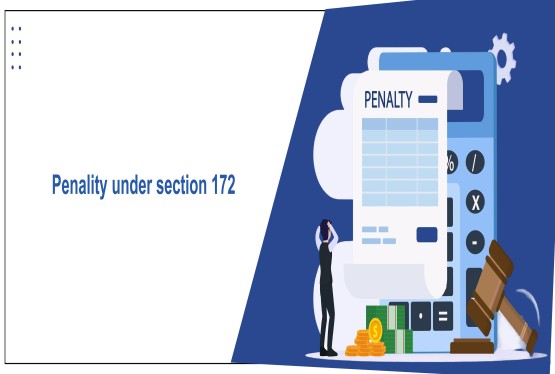
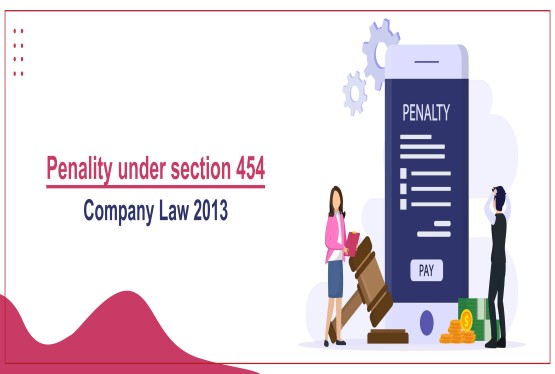
_learn_crop10_thumb.jpg)
_Learn_crop10_thumb.jpg)
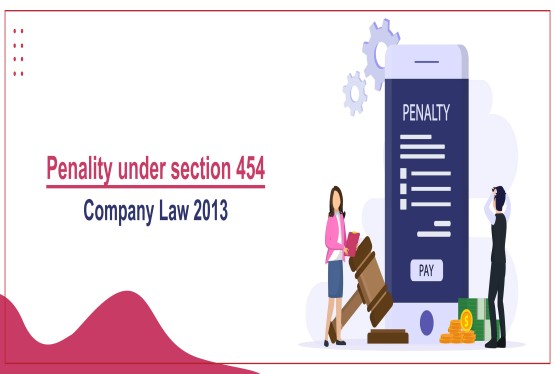
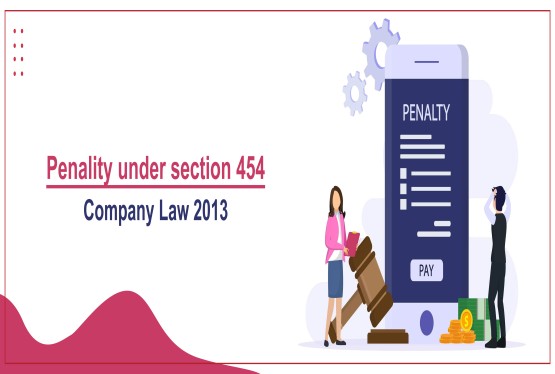
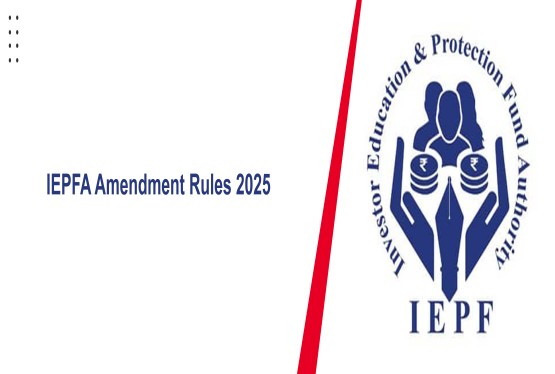
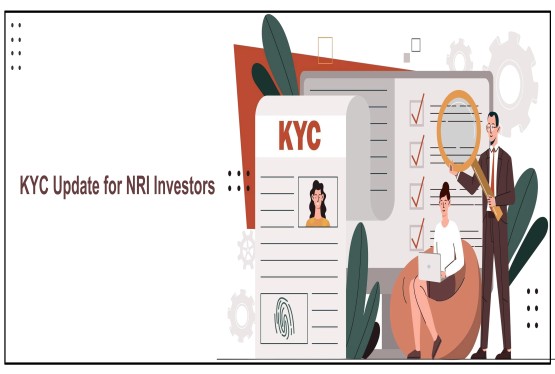
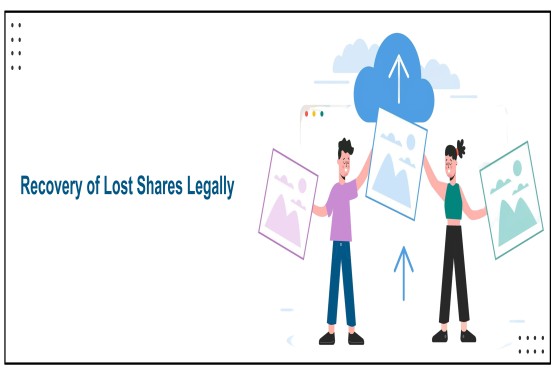
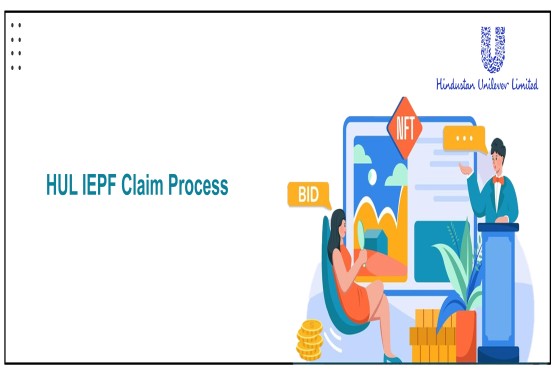

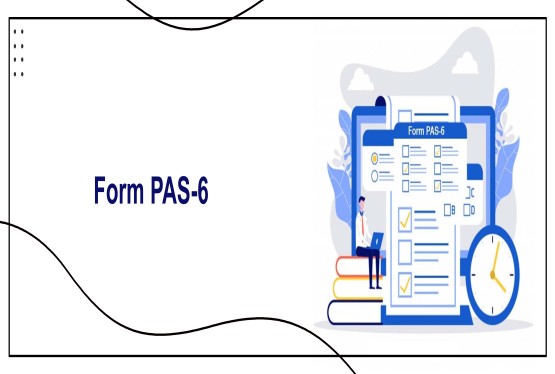


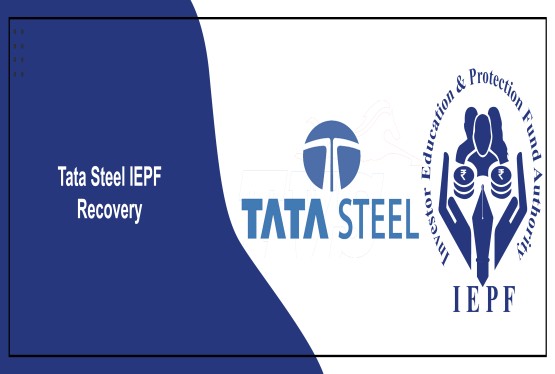
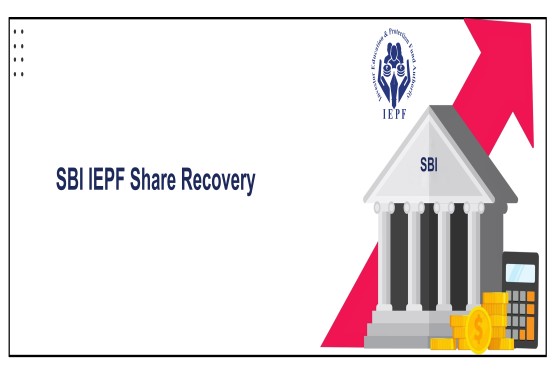
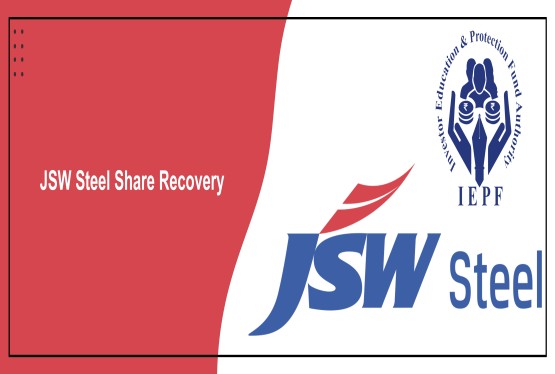

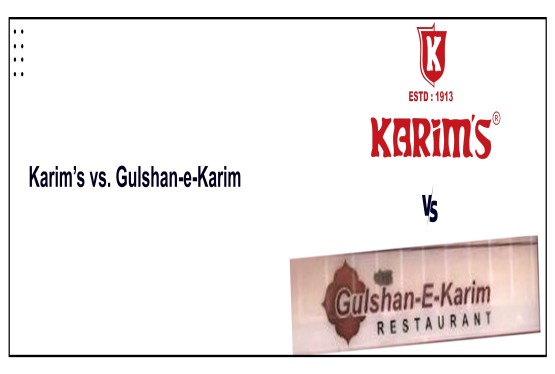
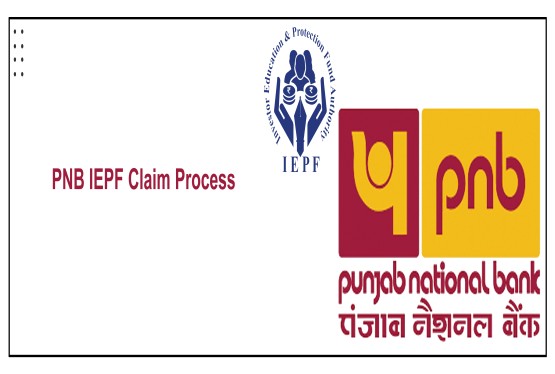




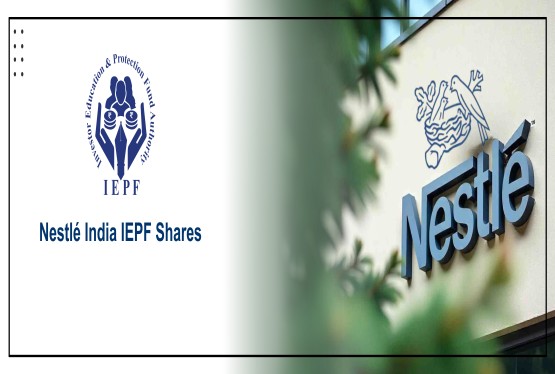
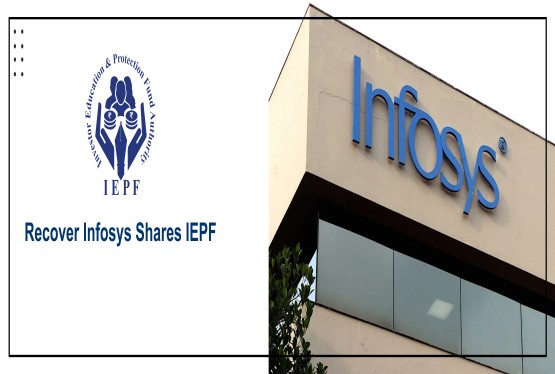


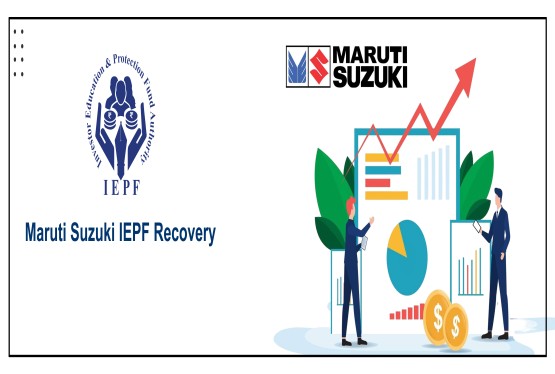


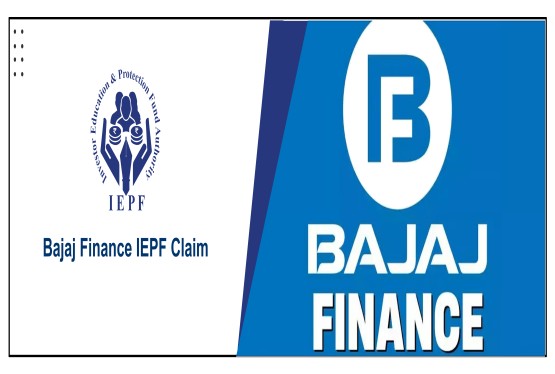
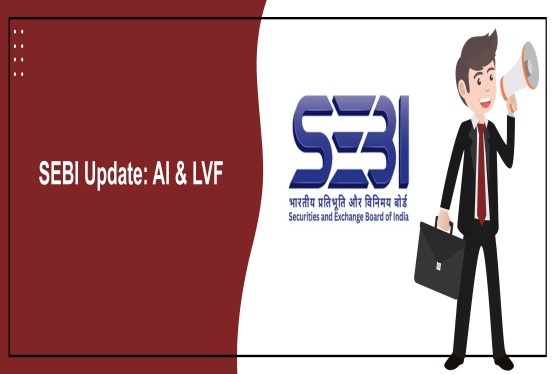


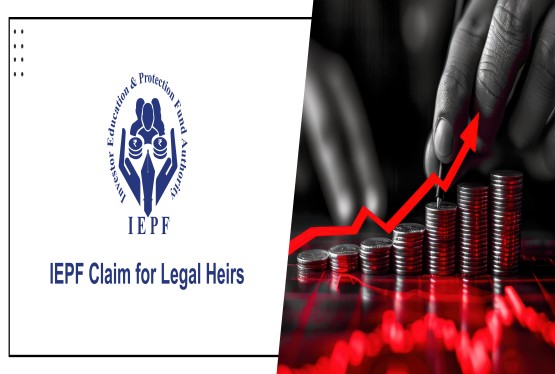

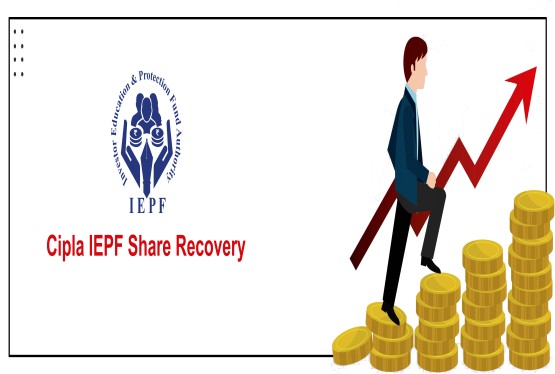
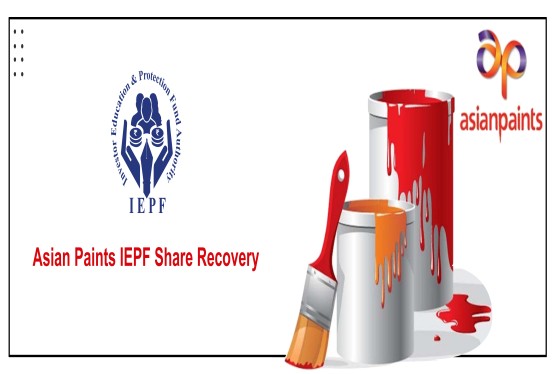
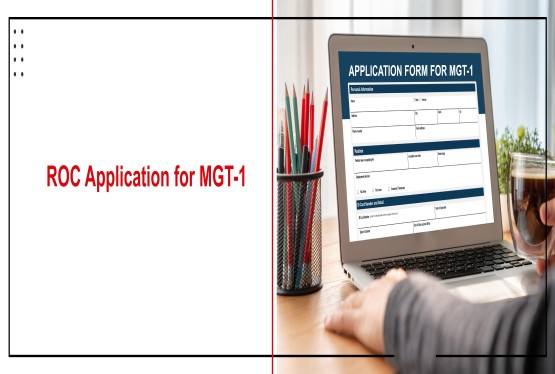
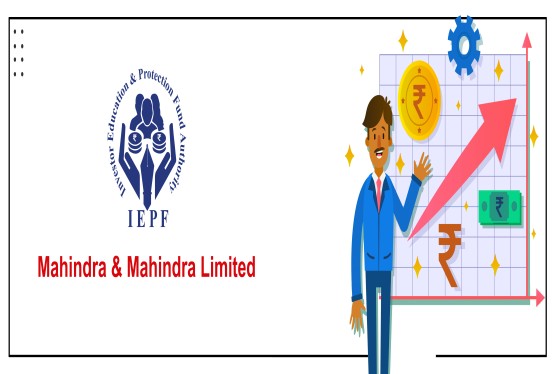

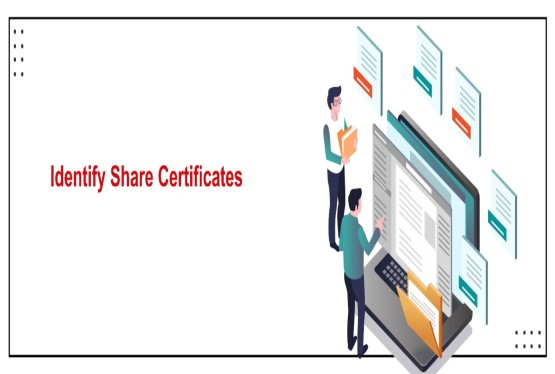
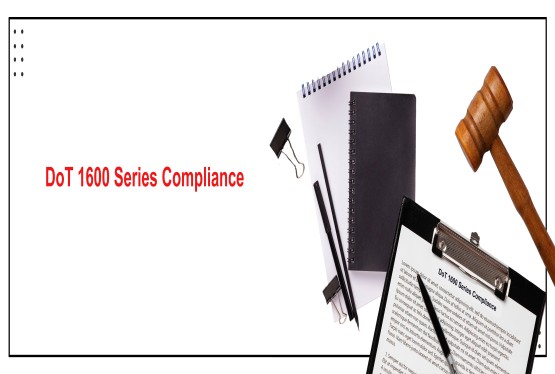
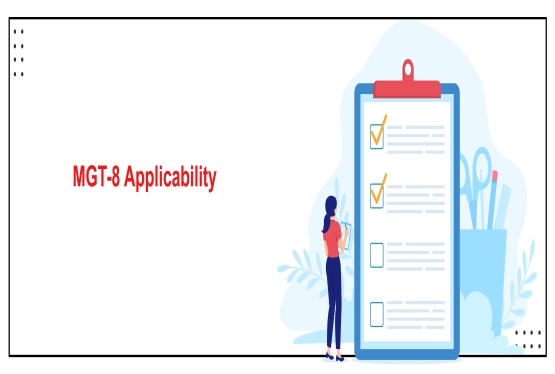
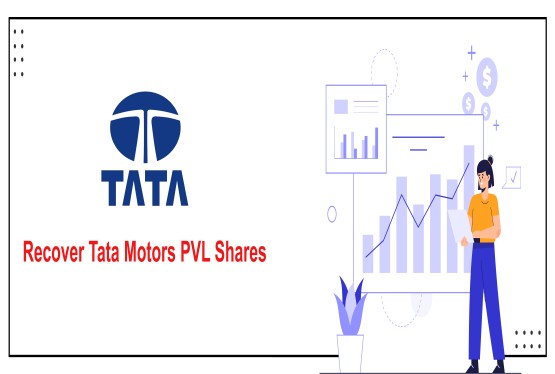
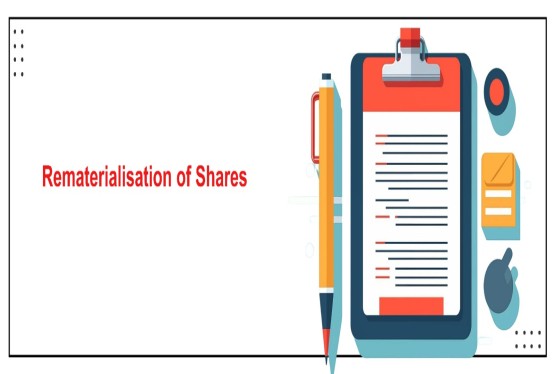
_learn_crop10_thumb.jpg)

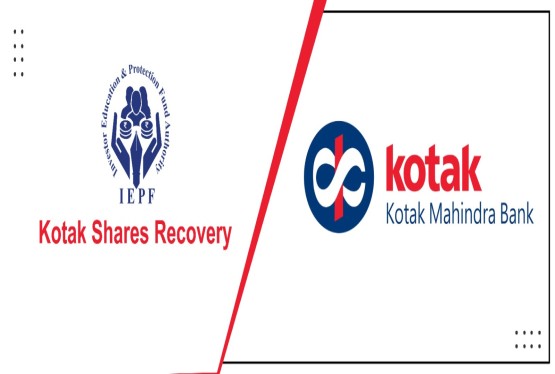
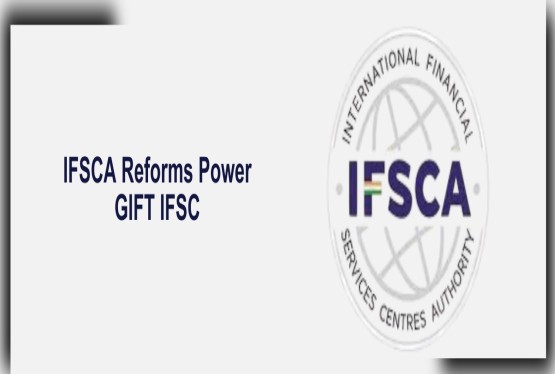
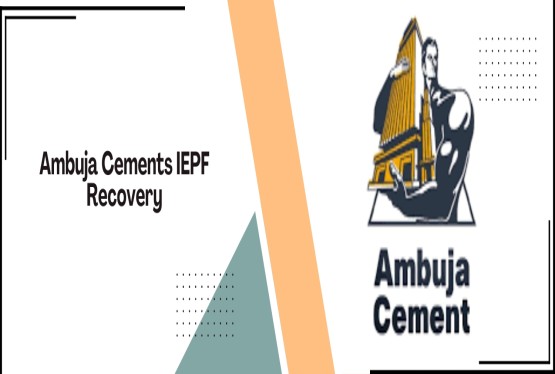
_learn_crop10_thumb.jpg)
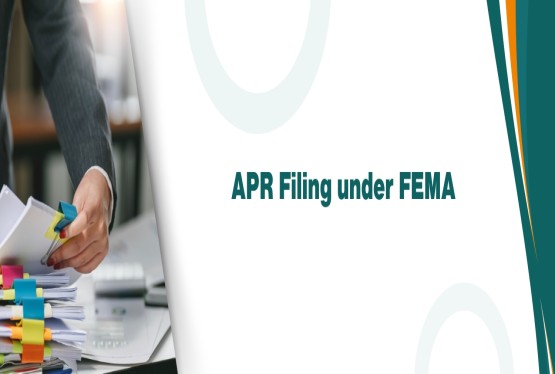
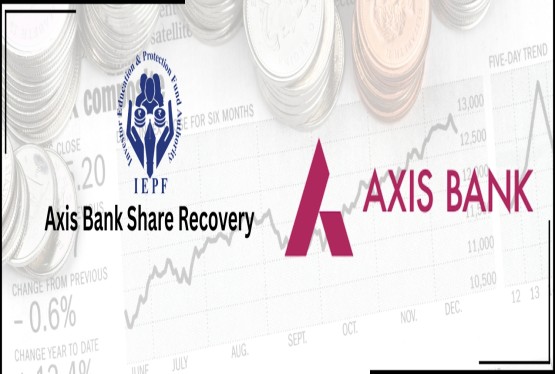




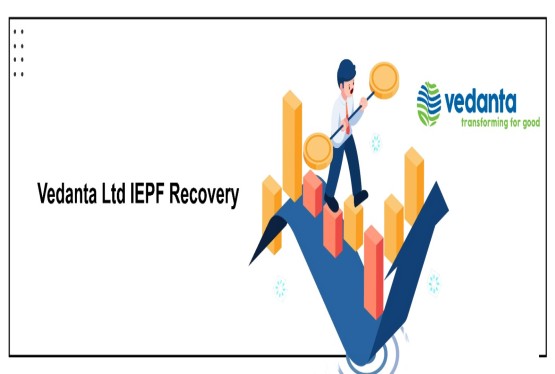

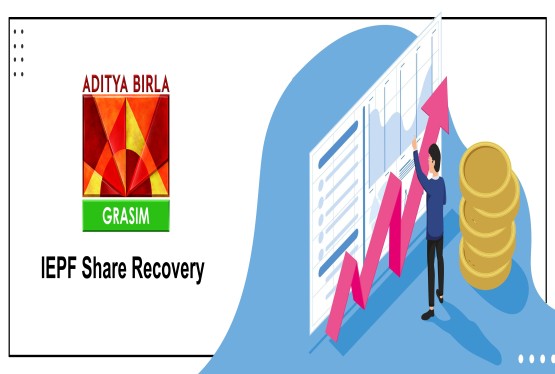
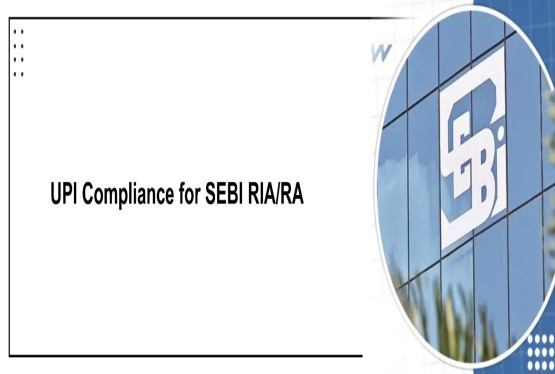
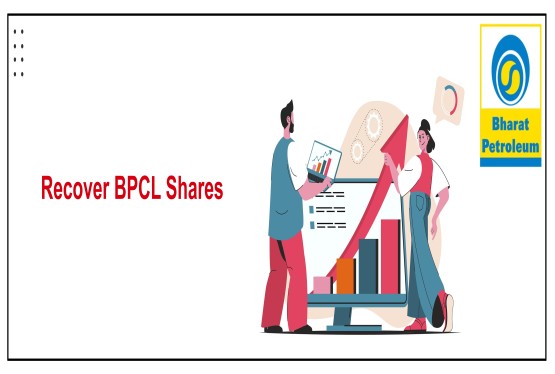


_crop10_thumb.jpeg)
